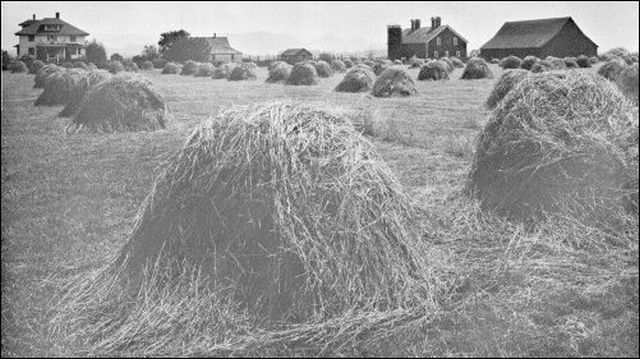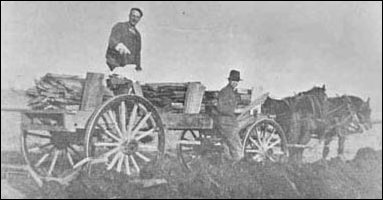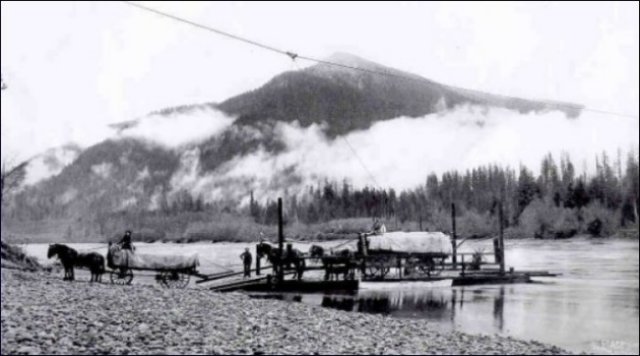 See this Journal Timeline website of local, state, national, international events for years of the pioneer period. See this Journal Timeline website of local, state, national, international events for years of the pioneer period.
 Did you enjoy this story? Remember, as with all our features, this story is a draft and will evolve as we discover more information and photos. This process continues as we compile and collaborate on books about Northwest history. Can you help? And also remember; we welcome correction, criticism and additions to the record. Did you enjoy this story? Remember, as with all our features, this story is a draft and will evolve as we discover more information and photos. This process continues as we compile and collaborate on books about Northwest history. Can you help? And also remember; we welcome correction, criticism and additions to the record.
 Please report any broken links or files that do not open and we will send you the correct link. With more than 700 features, we depend on your report. Thank you. Please report any broken links or files that do not open and we will send you the correct link. With more than 700 features, we depend on your report. Thank you.
 Read about how you can order CDs that include our photo features from the first ten years of our Subscribers Edition. Perfect for gifts. Will be completed in 2012. Read about how you can order CDs that include our photo features from the first ten years of our Subscribers Edition. Perfect for gifts. Will be completed in 2012.

View My Guestbook
Sign My Guestbook
|
You can click the donation button to contribute to the rising costs of this site. See many examples of how you can aid our project and help us continue for another ten years. You can also subscribe to our optional Subscribers-Paid Journal magazine online, which has entered its 12th year with exclusive stories, in-depth research and photos that are shared with our subscribers first. You can go here to read the preview edition to see examples of our in-depth research or read how and why to subscribe. Our research trips in 2012-13 depend on this income.
|
|
 Howard Royal and his family's Birdsview Stump Ranch
Howard Royal and his family's Birdsview Stump Ranch
 This page originated in our Free Pages
This page originated in our Free Pages  Covering from British Columbia to Puget Sound. Washington counties covered: Skagit, Whatcom, Island, San Juan, Snohomish.
Covering from British Columbia to Puget Sound. Washington counties covered: Skagit, Whatcom, Island, San Juan, Snohomish. An evolving history dedicated to committing random acts of historical kindness
An evolving history dedicated to committing random acts of historical kindness  The home pages remain free of any charge. We need donations or subscriptions to continue.
The home pages remain free of any charge. We need donations or subscriptions to continue.  Please pass on this website link to your family, relatives, friends and clients.
Please pass on this website link to your family, relatives, friends and clients.


